Liège University Hospital, a pioneer in the fight against laughing gas. The hospital in Liège is preparing to join the Protoside network, launched in France by Dr. Guillaume Grzych at Lille University Hospital. On the agenda: prevention, research and consumer care to counter a fast-growing phenomenon.
Nitrous oxide, or N2O, better known as laughing gas, is a growing scourge, particularly among young people. And it has few enemies
Legislation is struggling to curb the consumption and sale of this product commonly used in baking, law enforcement agencies are unable to detect even recent consumption, and medicine is only just discovering the health consequences of high-dose inhalation.
But the resistance is getting organized. Liège University Hospital is preparing to become the epicenter of Belgium's first nitrous oxide care and research network, under the leadership of Dr. Guillaume Grzych, a biologist at Lille University Hospital who initiated the first network of its kind, recently created in France.
A meeting with Professor Etienne Cavalier, Chairman of the Department of Clinical Chemistry at the University Hospital of Liège, enabled the two organizations to begin a collaboration aimed at extending the Protoside network (Plateformes et Réseaux pour l'Orientation, le Traitement et l'Organisation des Soins des Intoxications au N2O, Diagnostic et Éducation) to the Cité ardente.
"After a little research, I realized that these were the consequences of nitrous oxide poisoning" Guillaume Grzych
As its name suggests, this network is tackling the problem on several fronts: prevention, care, research and legal aspects. This is a necessity if we are to counter this scourge, about which almost nothing was known just a few years ago. Protoxide appeared more or less during the Covid," recalls Dr Grzych. At the time, I saw patients with disturbed biological results. And, after a little research, I realized that these were the consequences of nitrous oxide intoxication."
And, as we came into contact with other hospitals, the phenomenon appeared in all its "splendor". "We didn't know what to do. So we got together to create a care network.
Major health risks
Because laughing gas, far from the harmless image offered by its consumption method - it is inhaled via a balloon - presents serious health risks. First of all, accidents, because you can lose consciousness and some people even use it while driving, but also serious burns," says Guillaume Grzych. Because the gas inside the cylinders is at -50º." And that's "only" for occasional consumption...
The consequences of chronic consumption are even more serious: psychiatric disorders, cardiovascular accidents, progressive loss of motor skills and coordination. .. " It can go as far as a wheelchair, " continues the Protoside manager. It can go as far as a wheelchair," continues the head of Protoside. And we don't know everything yet. I wouldn't be surprised if we discovered other complications later on. "
"We can have problems with loss of consciousness and some people even consume while driving."
The good news is that a care pathway, "but with a multidisciplinary medical team", has now been developed by the network to which the Liège University Hospital will belong. And awareness-raising and training for healthcare professionals is already underway.
The bad news is that it's still impossible to get a clear picture of the phenomenon. If the capsules, carboys and other tanks found in large numbers on the roadsides are a good indicator of the explosion in N2O consumption, no medical analysis is currently available to objectivize the situation, unless we obtain confessions from consumers.
Hence the need to unite the country's hospitals around this theme as quickly as possible, one of the tasks assigned to the CHU de Liège as a pioneer in research and the fight against nitrous oxide in Belgium.
For more information, e-mail protoxyde@chu-lille.fr or visit protoside.com
Belgium legislates but comes up against the web
Lawmakers are having some difficulty with laughing gas. Unlike narcotics, until recently the product was freely available. "But since April 2024, Belgium has banned the import, export, sale, purchase and other applications of nitrous oxide when it is not intended for medical or technical purposes, or as a food additive," explains pharmacist-biologist Raphaël Denooz of Liège University Hospital.
A somewhat vague law. In the event of a control, it is difficult to determine what use will be made of the product. It does, however, have the merit of preventing the marketing of N2Oin catering establishments, festivals and nightclubs, for example. But it does not prevent young people from accessing the product. With a few clicks on the web, you can find nitrous oxide in a wide variety of forms on specialized sites, and even on others more geared to the general public: from a capsule weighing just a few grams to a two-kilo tank, the latter containing up to 600 doses for a few dozen euros.
And laughing gas producers are vying with each other in their ingenuity to expand their market, now offering a variety of flavors, but above all focusing on wholesale sales. A way of turning every buyer into a potential dealer, and thus continuing to feed the markets that are trying to curb nitrous oxide consumption.
Identifying the biological signature of N2O, a priority
In addition to the care pathway that has been set up, members of the Protoside network are also carrying out research to help combat the legal consumption of nitrous oxide. Today, all traces of the product disappear from the bloodstream in just a few minutes. This makes it impossible for law enforcement agencies to detect even recent consumption. The problem is that we don't have any biological markers," explains Dr. Grzych. That's what we're looking for now. We use the NMR at the University Hospital, which enables us to analyze dozens of parameters in patient blood samples. The problem is that these patients first have to admit to having taken the drug.
This biological signature is essential for further progress, both in terms of repression and patient follow-up. What we have at the moment are indirect markers," explains pharmacist-biologist Laura Vranken. They attest to consumption, but we can't certify it.
For patient follow-up
Hence the need for larger-scale studies, even on animals, to discover those direct markers that would prove with certainty - and quickly - N2Oconsumption. " Either substances naturally present in the blood and modified by consumption, or new ones created by nitrous oxide," adds Denooz.
The discovery of this biological signature of proto would therefore enable the development of tests that could be used by law enforcement agencies, as well as medical and penal monitoring of patients. " We could show them objectively that they're getting better, but also, in the case of probationary measures for example, make sure that the person hasn't started taking nitrous oxide again", concludes Raphaël Denooz.
A "video games" campaign to raise awareness among young people
The adage that prevention is better than cure obviously applies to laughing gas. But the key is to reach the target audience. The Protoside network therefore collaborated with a French high school, which developed a prevention and communication campaign based on video games.
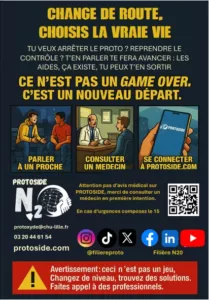
Call of Duty, Minecraft, Red Dead Redemption, GTA, Star Wars, Mario Kart - all the bestsellers that speak to the "younger" generation have been reworked to inform consumers of the risks associated with nitrous oxide and direct them to the medical world.
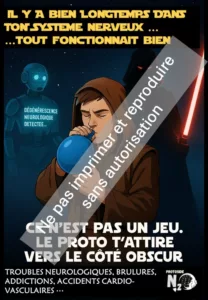
Consumed by young people, but not only
Who is the typical laughing gas consumer? There's no such thing as a typical profile," says Guillaume Grzych. It all depends on where you start. In the party scene, we often find young people, aged between 20 and 22, but that doesn't rule out older consumers."
Some people use N2Oto anesthetize pain or treat depressive symptoms. This has led some forty-somethings to fall into the nitrous oxide trap. For the record, nitrous oxide was discovered in 1772 and initially used ... "to get high", says the French researcher. It was while attending a 'demonstration' that a doctor came up with the idea of using it as an anaesthetic, when he noticed that a user who had just injured himself was unaware of anything."
Outside the medical field, nitrous oxide is also used as a propellant in aerosols (whipped cream cartridges) and as an oxidizer in rocket engines. It is also used in the manufacture of semiconductors.


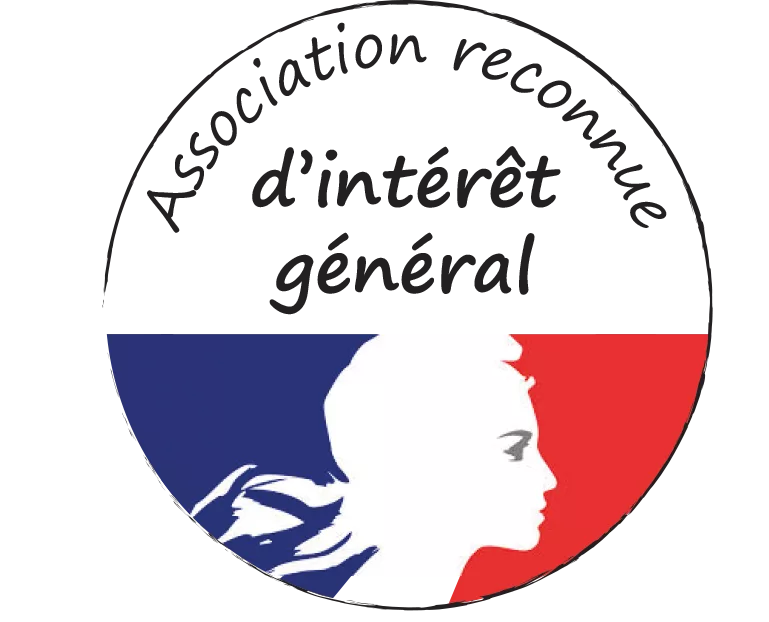
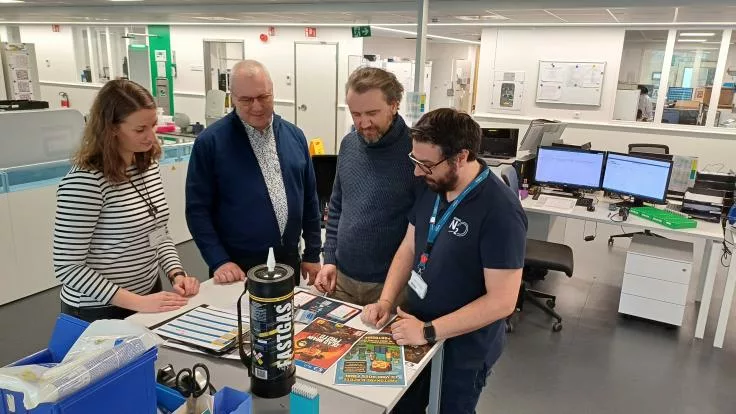
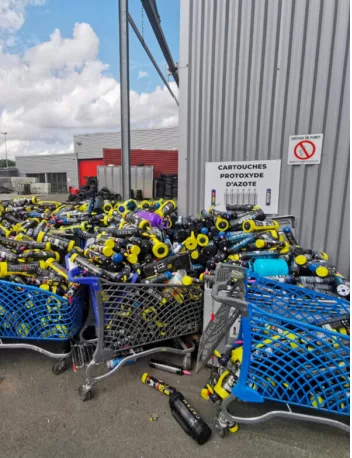
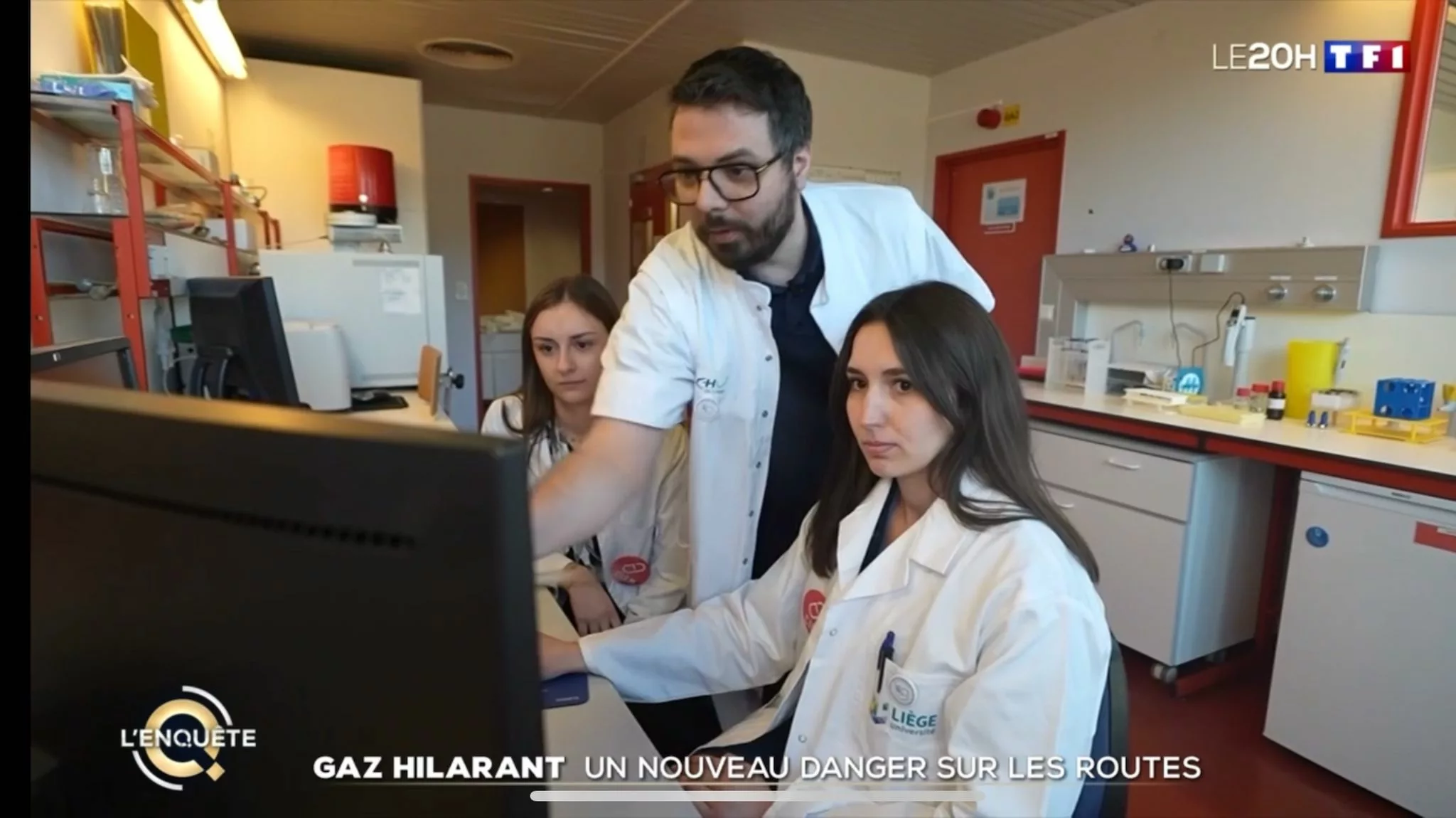
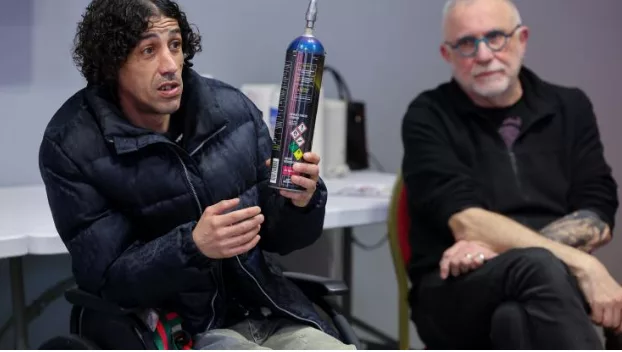
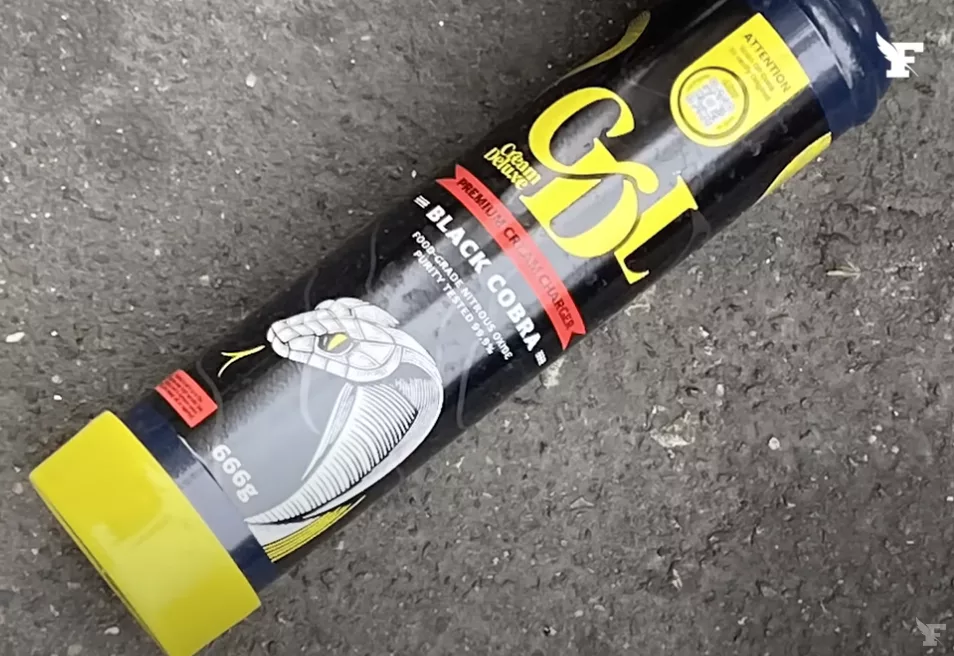
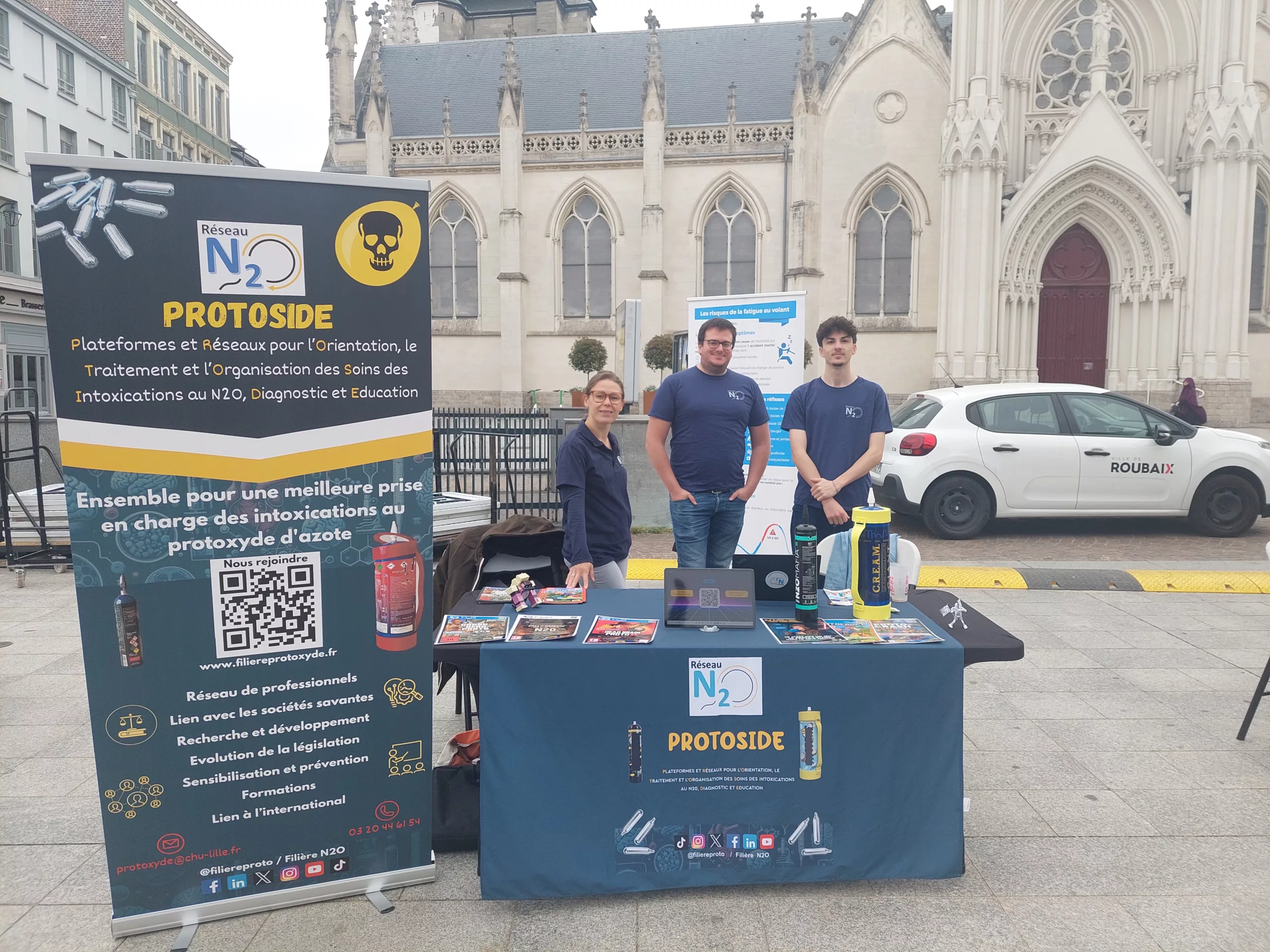
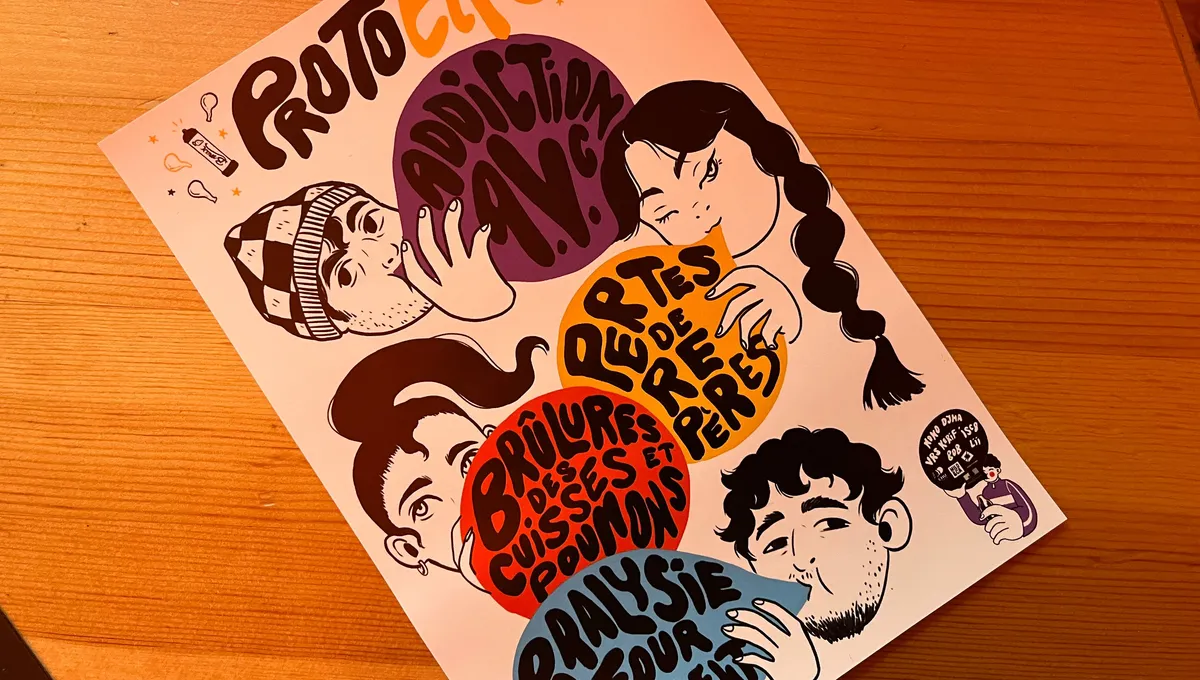
 Make a donation
Make a donation